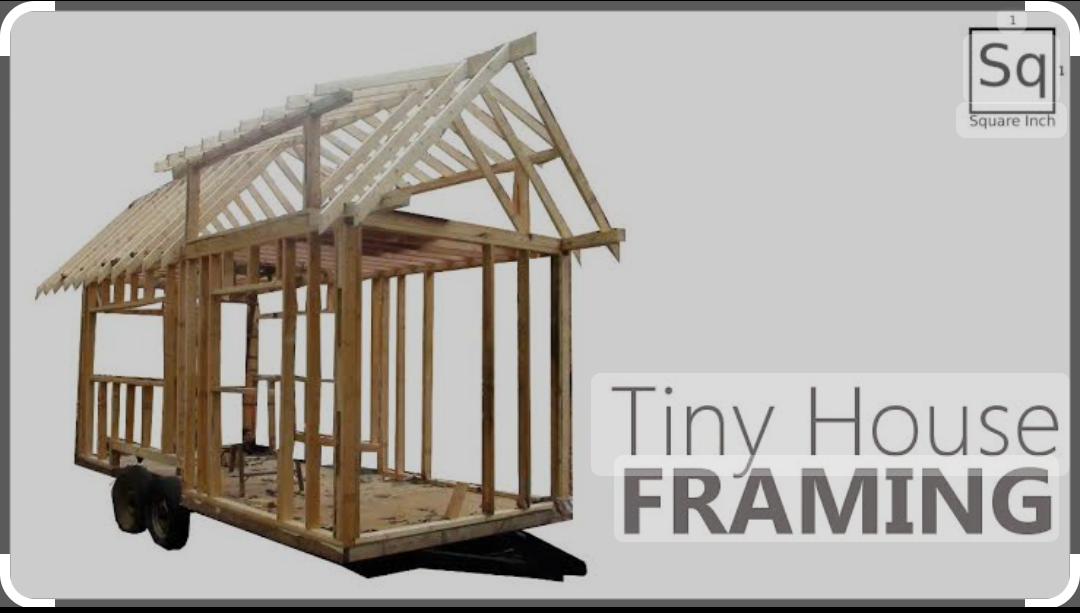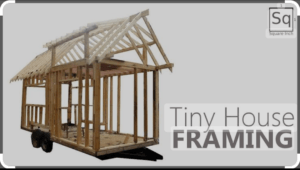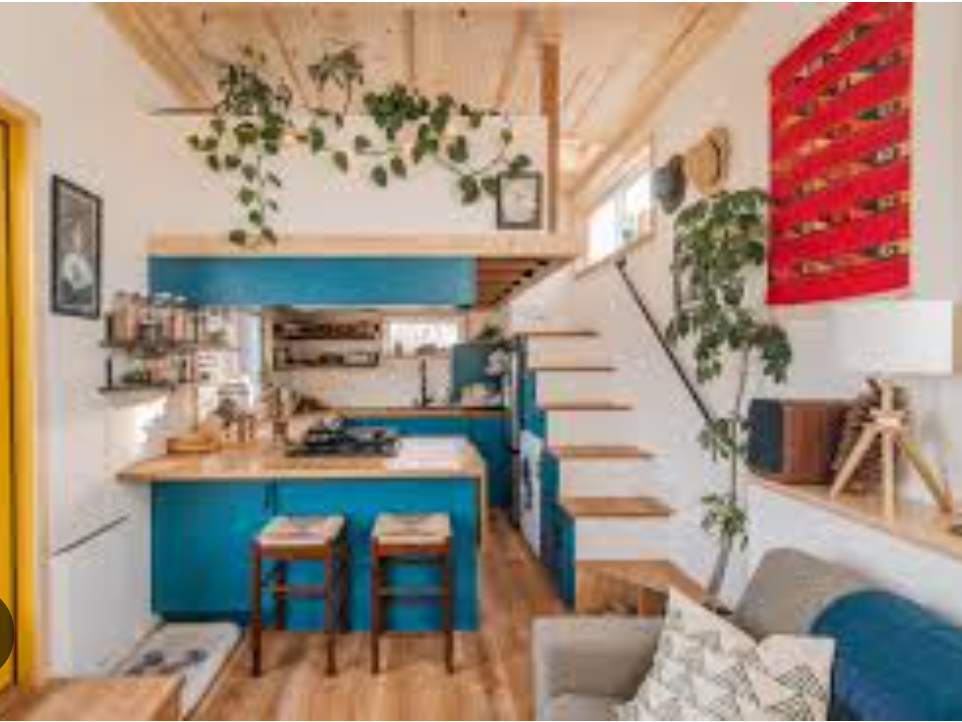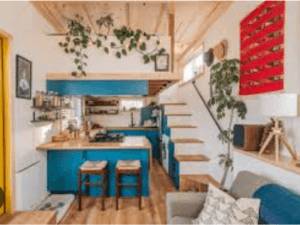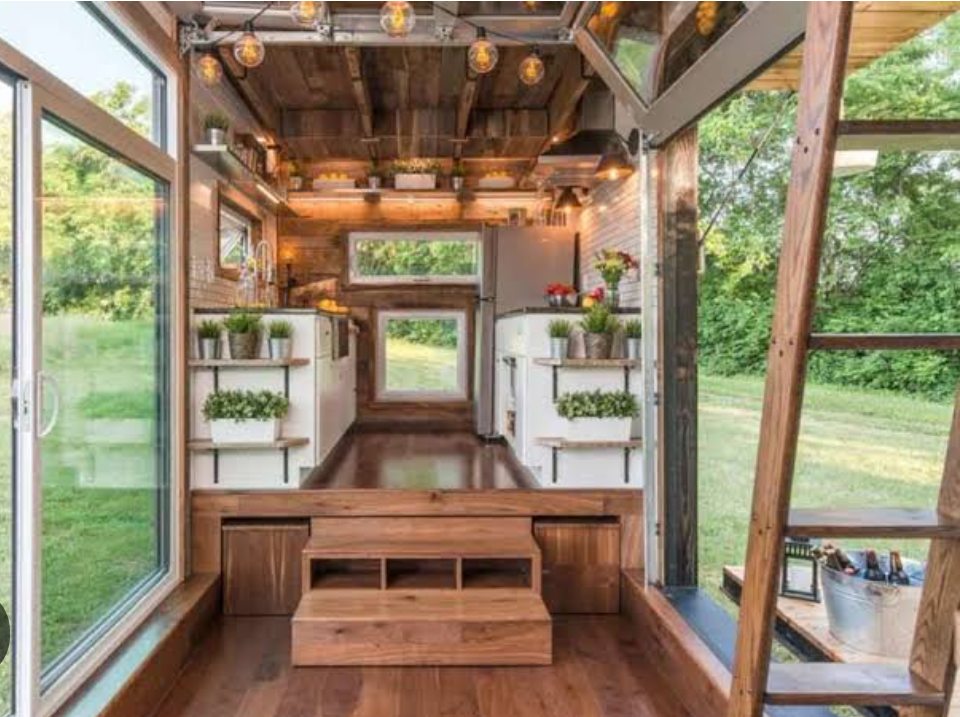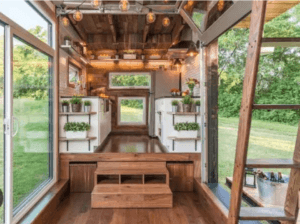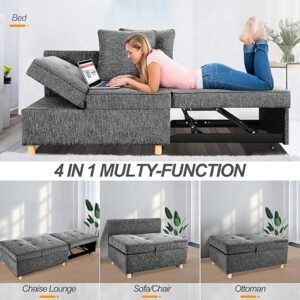
Sofa Bed 4-in-1 Convertible Sofas & Couches, 3-Seat Linen Fabric loveseat Sofa with 2 Throw Pillow, Single Recliner for Small Space with 5 Adjustable Backrest, Black
You’re going to find out about why picking the right furniture is crucial in tiny homes. It’s more than just about saving space; it’s about making every inch count. Tiny homes have been a game-changer, leading many to embrace minimalism and simplicity. But here’s the thing: small spaces don’t necessarily mean you have to give up comfort or style. Multi-functional furniture comes to the rescue here, offering clever ways to maximize every part of your pint-sized dwelling.
By choosing pieces that serve more than one purpose, not only do you save valuable space, but you also enhance the functionality and organization of your home. Think pieces that transform, fold, and adapt to your needs. Now, if you’re picturing clunky, robotic furniture, don’t worry. Today’s multi-functional furniture pieces are as stylish as they are smart.
But before you deck out your space, you’ll want to keep some things in mind. Choose furniture that stands up to daily use—remember, these pieces will be working double duty. And it’s not just about sturdiness; design is just as important. Look for furniture that complements your personal aesthetic. Last but not least, versatility is key. Pick pieces that can adapt as your needs change, because let’s face it, life is unpredictable.
It’s not just about fitting in; it’s about making the right choices to create an efficient, comfortable living space. That’s the magic of well-designed multi-functional furniture—it transforms a cramped space into a cozy, functional home. And who doesn’t want that?
So, what kinds of multi-functional furniture should you consider? I’m about to lead you through the top picks for tiny homes. From beds that disappear into the walls to dining tables that expand with your guest list, these space-saving stars are about to become the heroes of your compact living situation.
Space-Saving Stars: Finishing Touches for Your Tiny Home
You’ve seen some smart designs and heard about the incredible options available in the world of multi-functional furniture. It’s not just about finding a place for everything—it’s about choosing furniture that works double-duty, adapts to your changing needs, and reflects your personal style.
Take Murphy beds, for instance. They aren’t just about saving space; they’re a statement about smart living. By day, your bedroom can transform into a home office or a practice room for your hobbies. Convertible sofas offer a similar charm, seamlessly changing from cozy lounging spots to guest beds in a snap.
Now, consider extendable tables. These aren’t just tables—they’re gathering spots that can grow with the number of your guests or shrink back down for an intimate dinner for two. And when it comes to storage, modular shelving isn’t only about stowing away your belongings—it’s about showcasing your life and keeping your treasures accessible.
If you browse brands and designers specializing in space-saving furniture, you’re going to find out about clever designs that may well be the perfect fit for your tiny house. Remember, the key is to choose items that resonate with you and your living space’s functionality.
In the end, your tiny home is a canvas for your ingenuity. Don’t worry too much about getting it perfect from the start—you can always adjust your selections as your needs evolve. Embrace the journey of maximizing your space with multifunctional furniture and relish the newfound freedom and simplicity it brings to your home.

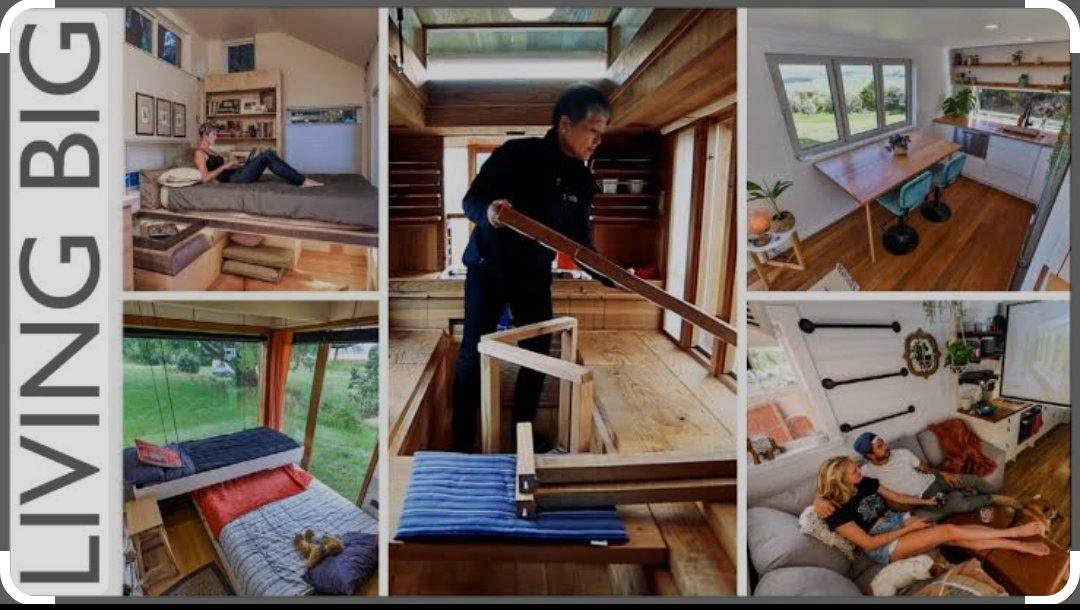
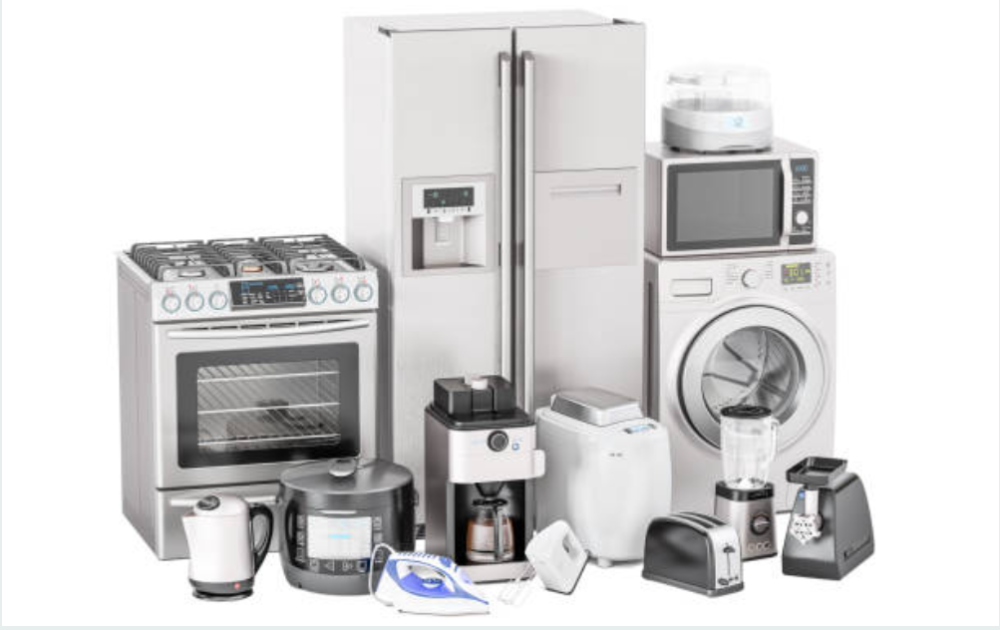

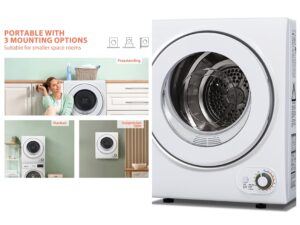

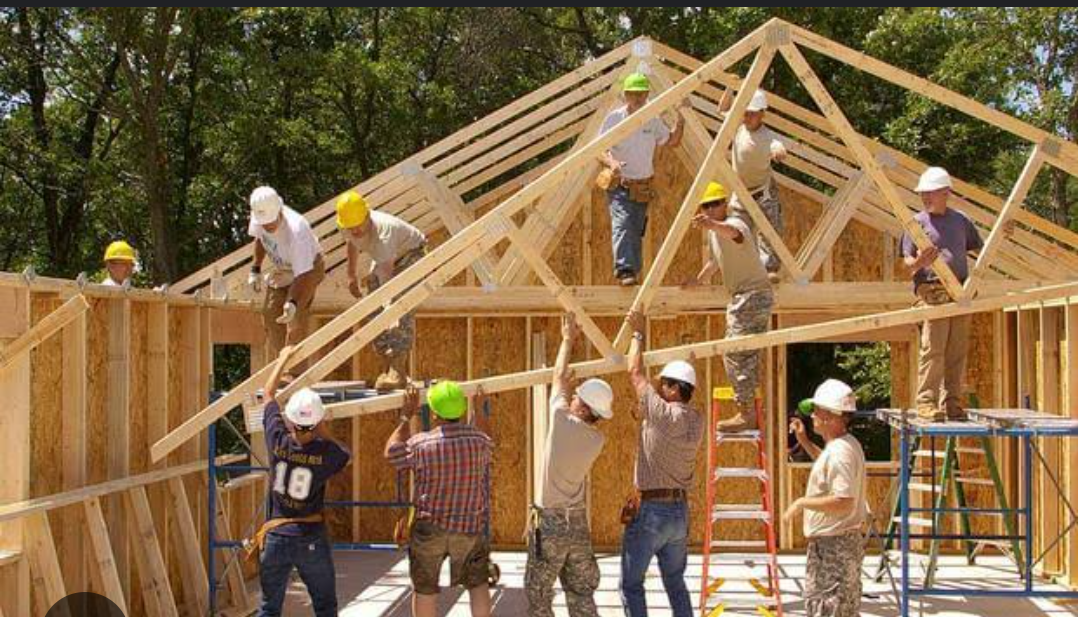
 Imagine having a beautifully designed tiny home plan in your hands, ready to be brought to life. The journey from blueprint to reality is thrilling, but you’ll want a skilled captain helming the construction ship. That’s where hiring the right contractor comes into play, and trust me, it’s a step you can’t afford to overlook.
Imagine having a beautifully designed tiny home plan in your hands, ready to be brought to life. The journey from blueprint to reality is thrilling, but you’ll want a skilled captain helming the construction ship. That’s where hiring the right contractor comes into play, and trust me, it’s a step you can’t afford to overlook.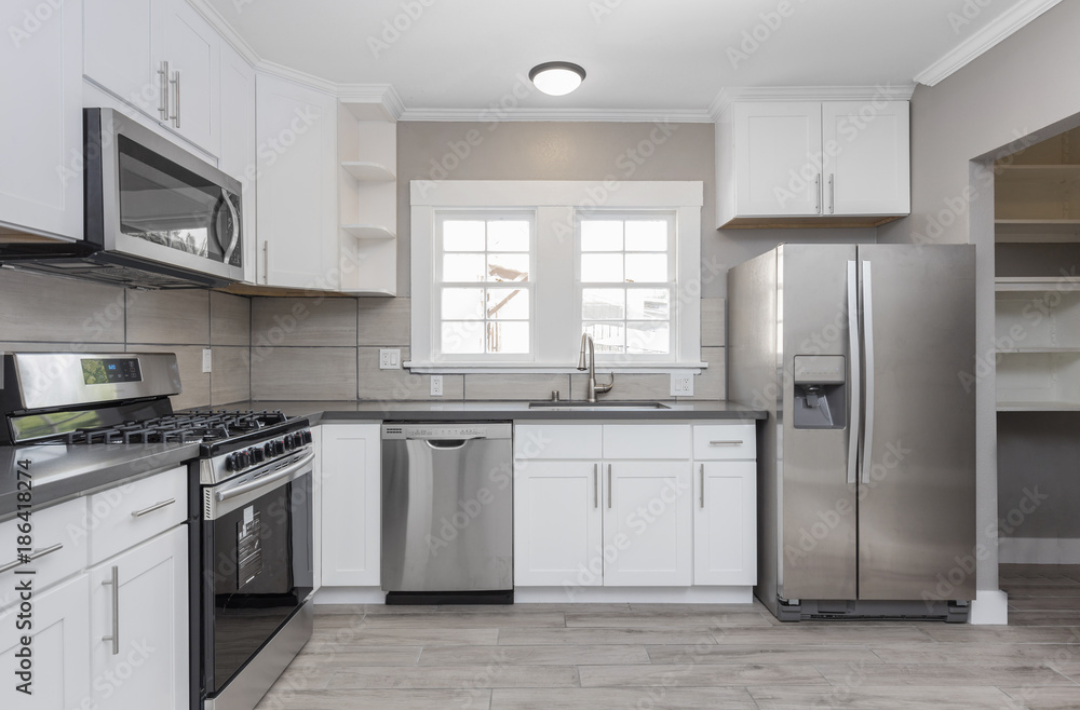

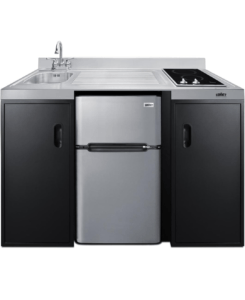
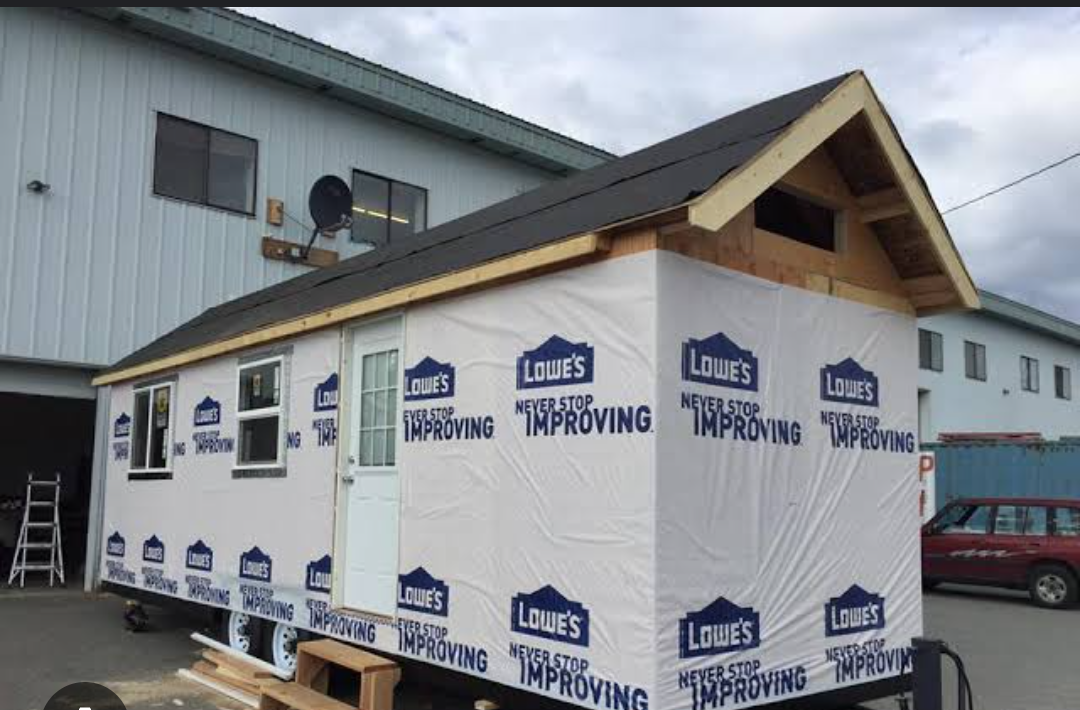
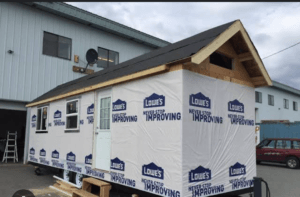 I’m going to steer you through the steps you need to ensure your diminutive dwelling can stand up to the elements. This isn’t just about finding the toughest materials; it’s also about understanding the impact weather can have on your tiny living space. So where do we start?
I’m going to steer you through the steps you need to ensure your diminutive dwelling can stand up to the elements. This isn’t just about finding the toughest materials; it’s also about understanding the impact weather can have on your tiny living space. So where do we start?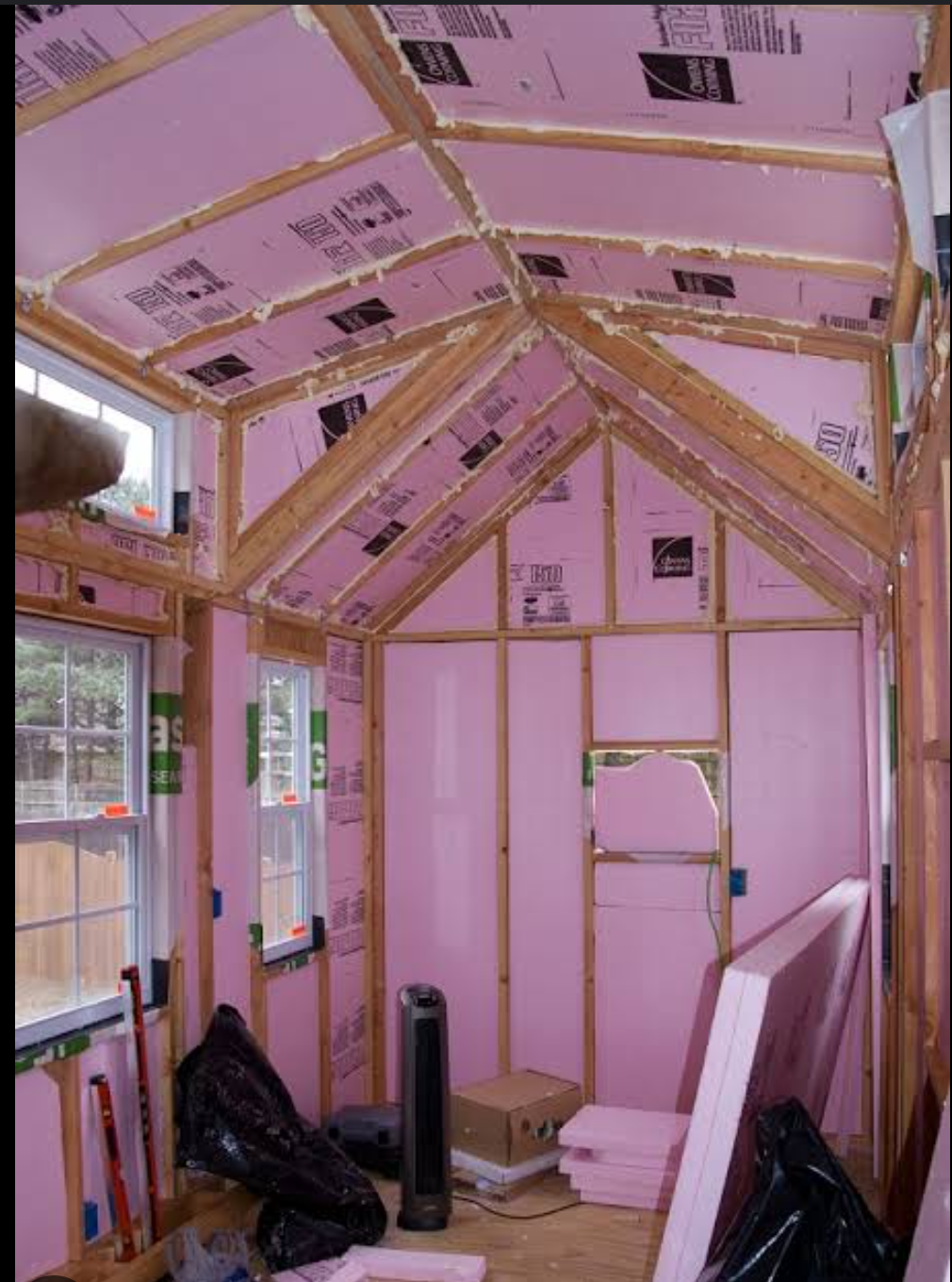
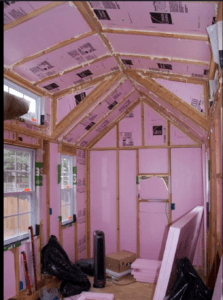
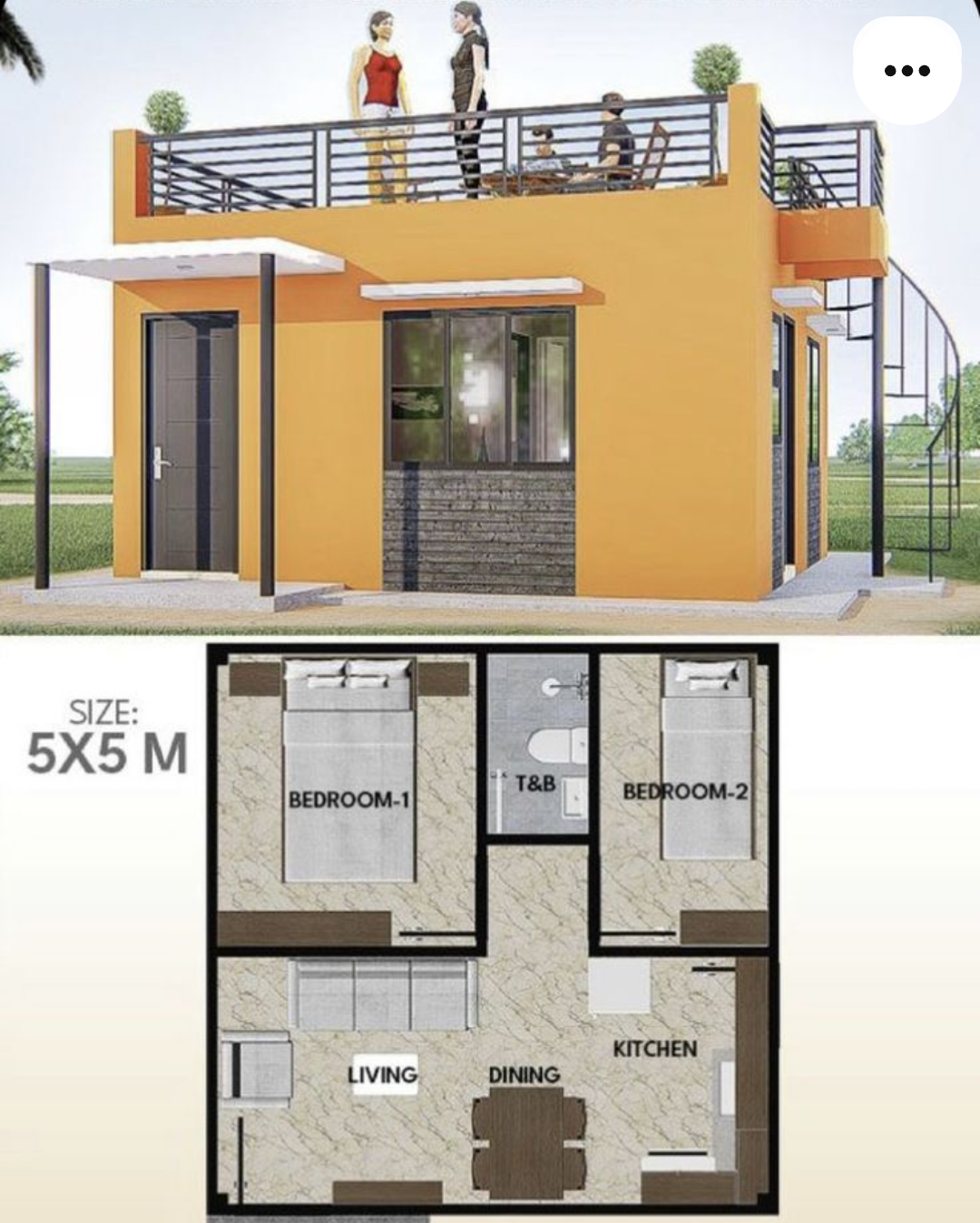
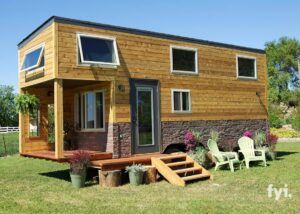 I’m going to take you through the world of tiny homes – it’s not just a living space, it’s a lifestyle. With the tiny home movement gaining more followers every day, understanding the essence of material selection becomes paramount. You’re going to find out about how the choice of materials is more than an aesthetic decision; it’s the backbone of tiny home efficiency and sustainability.
I’m going to take you through the world of tiny homes – it’s not just a living space, it’s a lifestyle. With the tiny home movement gaining more followers every day, understanding the essence of material selection becomes paramount. You’re going to find out about how the choice of materials is more than an aesthetic decision; it’s the backbone of tiny home efficiency and sustainability.